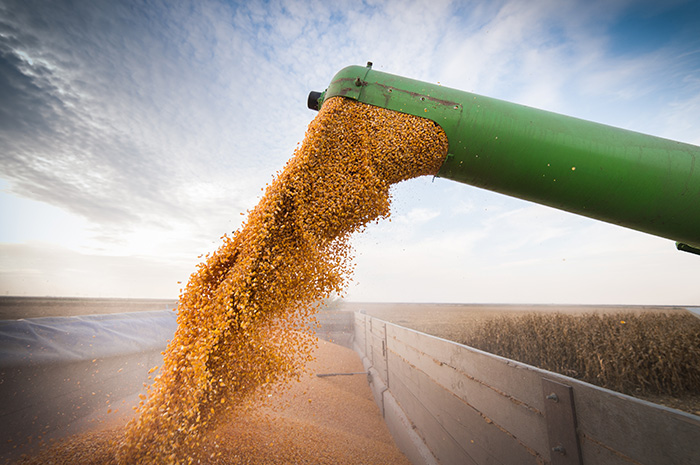After corn profits peaked in 2013, farmers have been struggling with razor-thin margins, which is generating its share of financial news headlines. Let’s pull the lens back a bit and take a look at one of those line charts that takes you through several decades' worth of corn prices.
Historically, the prices leap up for a short period of time, and then they settle into a much lower price point for several years. Back in 1996, corn prices leaped up to nearly $5, but quickly receded back to $2 levels for nearly a decade. In 2008, they jumped to $6, but slid back to $3 ranges. In 2012, prices spiked at $8 levels, but in a short time, made their way back to the $3 range.
That's the climate we're working with. Without a doubt, farmers are feeling the pinch in their wallets. In 2013, Minnesota farmers posted $7.7 billion in cash receipts for corn crops, but by 2016 (the most recent data available from the USDA), that tumbled to $4.5 billion.
Managing finances with low corn commodities
When corn prices are this low, the key is controlling expenses in order to survive. Here are three areas to help you control expenses and have a better grasp on your cash structure.
* To get a clearer idea of which expenses may be excessive, compare your farm budget to other budgets. If you haven’t already, you can download a free report from FINBIN, which is operated by the Center for Farm Financial Management at the University of Minnesota. This collects data from 2,306 Minnesota farms (along with farms from other states), and it lets you see how your expenses stack up to operations that are similar to yours. If you discover one of your expenses and inputs exceeds the average, that tells you what you need to work on.
* If cash flow is an issue, re-amortize that loan to get a lower monthly payment along with some breathing room in your budget. Some producers may hesitate to take this step because that means giving up a lower interest rate. Which is understandable. However, if low interest comes at a cost of accessing working capital, the trade-off can do more harm. Restructuring the debt will give you a chance to keep operations going on the farm.
* Low corn prices have forced farmers to come up with creative solutions to hold more corn so they can sell it for a better price. The other part of that is understanding the true value of your inventory so your forecast is accurate. So, along with market prices, factor in carrying costs, hedges and forward contracts.
Visit your lender at Minnwest Bank. We're uniquely qualified to help you with agricultural financing because many of us are part of a family farm operation. Stop by and let us help you find solutions to manage your farm's cash flow more efficiently.



